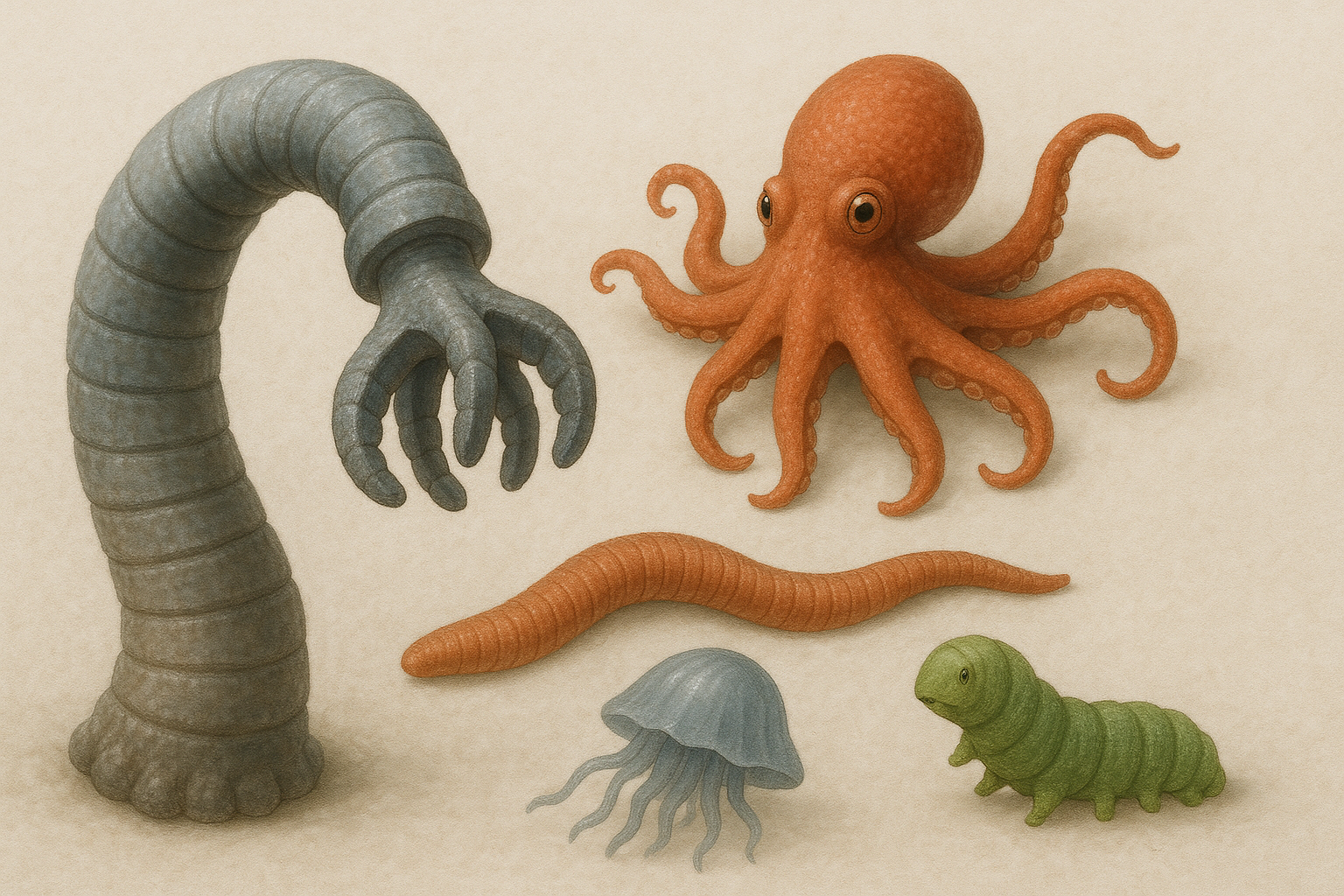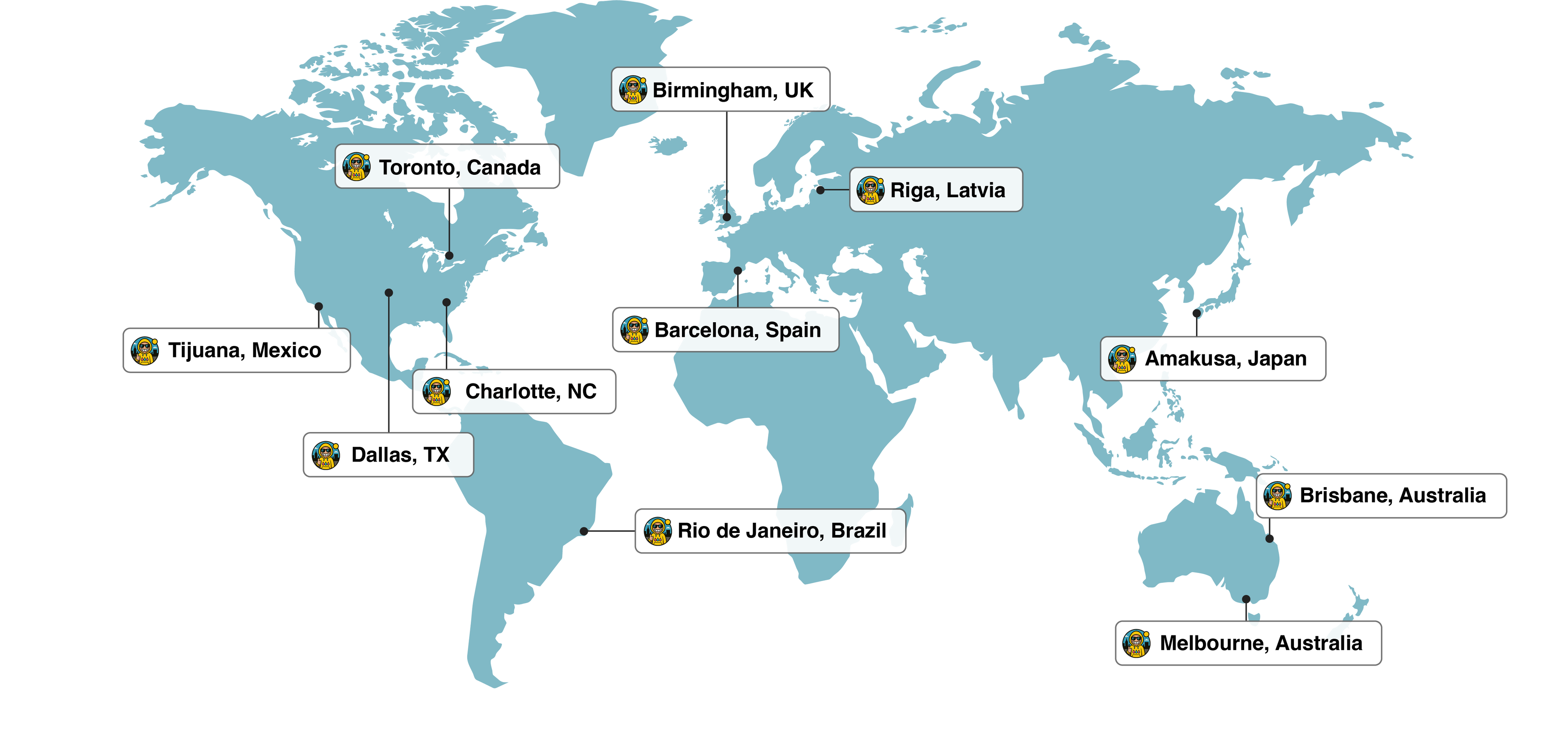Introduction
Soft robotics transforms machinery by borrowing strategies from living organisms—imbuing robots with the ability to bend, stretch, and conform to complex environments much like their biological counterparts. For final-year engineering and robotics students, understanding how creatures such as octopuses, earthworms, jellyfish, and caterpillars move and sense the world lays the groundwork for designing resilient, flexible robots. This article explores key biological inspirations, examines modern engineering implementations, highlights recent technical breakthroughs, and outlines the challenges on the path to fully autonomous, self-powered soft robots.
Learning from Nature: Key Inspirations
Octopuses achieve unparalleled dexterity by regulating pressure in their fluid-filled chambers, enabling each arm to bend and twist independently. By replicating this mechanism with inflatable polymer chambers and integrated suction elements, engineers create manipulators capable of delicate sample collection and precise underwater inspection without risking damage to sensitive structures.
Earthworms move via peristaltic waves—sequential segment contractions that generate forward motion. Soft robot prototypes capture this principle using elastic modules along their bodies and textured skins that mimic earthworm friction control, allowing these robots to crawl efficiently through confined pipes or debris-laden environments, which is particularly valuable for pipeline maintenance and search-and-rescue operations.
Jellyfish propel themselves by rhythmically deforming their bell-shaped bodies, expelling water to produce thrust with minimal energy expenditure. Soft robotic swimmers implement elastic membranes and micro-pumps to imitate pulsed jet propulsion, opening possibilities for long-term aquatic monitoring.
Caterpillars employ alternating adhesion—sticking and releasing tiny pads on their prolegs—to navigate vertical or inverted surfaces. Inspired by this, climbing soft robots use switchable micro-adhesive arrays to traverse walls and ceilings, expanding application domains to inspection of industrial infrastructure and building facades.
Anatomy of a Soft Robot
Soft Actuators
Soft actuators serve as the “muscles” of soft robots. Pneumatic and hydraulic actuators inflate elastomeric chambers with air or fluid to generate significant force and fast response times, though they often rely on external compressors. Dielectric elastomer actuators (DEAs) function as artificial muscles, deforming under high voltage to deliver large strains and rapid cycles; however, they demand compact high-voltage electronics. Ionic and liquid crystal elastomer actuators operate at low voltages, offering quieter, energy-efficient motion, with current research optimizing response speed and long-term stability.
Soft Grippers
Soft grippers act as compliant end-effectors that adapt to object shapes rather than imposing fixed grasp geometries. Spiral-fiber reinforcement guides controlled bending, granular jamming layers stiffen under vacuum to secure bulky items, and suction-based arrays provide strong adhesion on smooth surfaces. Together, these designs enable a single soft gripper to gently handle everything from delicate produce to industrial components with simplified control.
Power and Energy Solutions
Creating truly mobile soft robots requires onboard energy. Recent advances in solid-state and lithium–sulfur batteries boost energy density while reducing weight. Concurrently, energy-harvesting technologies—such as piezoelectric films that convert deformation into power and microbial fuel cells that generate electricity from organic matter—extend mission duration. Wireless power transfer through resonant inductive coupling offers in-situ charging without physical tethers, although optimal coil alignment remains crucial for efficient energy delivery.
The Road to Autonomy: Main Challenges
Achieving full autonomy in soft robots involves integrating flexible power sources, actuators, sensors, and controllers into a unified compliant structure. Key hurdles include:
-
Energy Integration: Embedding sufficient energy storage and harvesters to operate untethered for practical durations.
-
Material Durability: Developing self-healing polymers that maintain mechanical integrity after repeated deformation or minor damage.
-
Embedded Sensing: Incorporating high-fidelity, stretchable sensors that monitor strain, pressure, and temperature without compromising compliance.
-
System Packaging: Seamlessly combining soft actuators, power modules, sensors, and control electronics into one cohesive framework.
Looking Ahead: Research Horizons
The future of soft robotics depends on interdisciplinary advances. Innovations in dynamic elastomers with reversible cross-links promise both toughness and self-repair. Hybrid energy systems—blending solar skins, mechanical harvesters, and next‑generation microbatteries—aim to sustain robots for days at a time. Biohybrid approaches that integrate living muscle tissue or cellular sensors could deliver performance unmatched by synthetic analogs. Finally, swarm soft robotics envisions large numbers of small, cooperative robots executing complex tasks like environmental sensing, adaptive structure formation, or biomedical interventions.
Conclusion & Call to Action
Soft robotics represents a convergence of biology, materials science, and computer engineering, offering abundant research opportunities for soon-to-be graduates. By harnessing nature’s design strategies, you can lead the development of robots that operate safely in dynamic, unpredictable environments—whether for minimally invasive surgery, environmental monitoring, or disaster response.
What project will you pursue? Share your ideas and questions in the comments below to help shape the next wave of soft robotic innovation.


